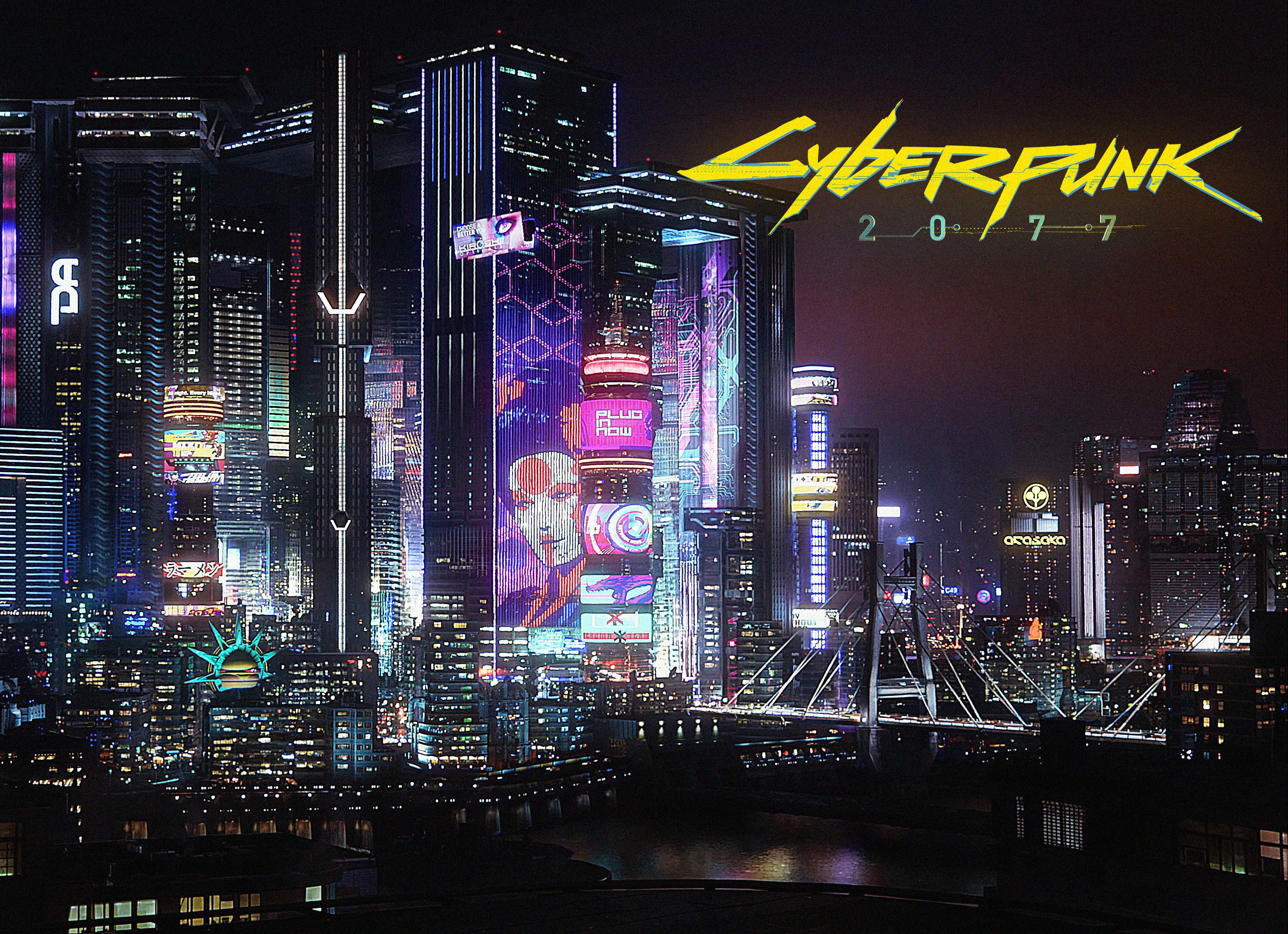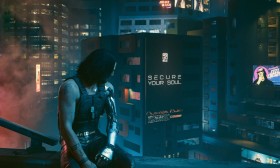Wasteland 2: Director’s Cut – A Classic Revival in Modern Gaming
The post-apocalyptic RPG genre has long been dominated by titans like Fallout and Metro, but few games have managed to capture the raw, unforgiving spirit of the genre’s golden age quite like Wasteland 2: Director’s Cut. Originally released in 2014 as a crowdfunded passion project by inXile Entertainment, the game was already a love letter to classic CRPGs. However, the Director’s Cut edition, launched in 2015, elevated the experience further with refined mechanics, enhanced visuals, and deeper storytelling. More than just a polished re-release, Wasteland 2: Director’s Cut stands as a testament to how old-school design philosophies can thrive in a modern gaming landscape.
A Return to Roots
Wasteland 2 was born from nostalgia—specifically, the legacy of the original Wasteland (1988), a groundbreaking RPG that laid the foundation for Fallout. Decades later, inXile Entertainment, led by industry veteran Brian Fargo, turned to Kickstarter to revive the franchise. The campaign’s success proved there was still a hungry audience for hardcore, turn-based tactical RPGs.
The Director’s Cut wasn’t just a graphical upgrade; it was a reaffirmation of the game’s core principles: player choice, punishing difficulty, and a world that reacts dynamically to decisions. Unlike many modern RPGs that streamline mechanics for accessibility, Wasteland 2 embraces complexity. Character creation is dense with attributes, skills, and perks that drastically alter gameplay. Combat is unforgiving, requiring careful positioning and resource management. Dialogue trees have real consequences, often locking players out of quests or allies based on their choices.

Refining the Rough Edges
The original Wasteland 2 was ambitious but flawed. While praised for its deep systems, it suffered from uneven pacing, clunky UI, and technical hiccups. The Director’s Cut addressed many of these issues:
- Enhanced Combat: The addition of Precision Strikes allowed players to target specific enemy body parts, adding a tactical layer reminiscent of Fallout’s VATS system.
- Visual Overhaul: Character models, environments, and lighting were improved, making the wasteland feel more immersive without sacrificing its gritty aesthetic.
- Voice Acting: Previously, only key moments were voiced. The Director’s Cut expanded this, giving major NPCs full performances that enriched the narrative.
- Controller Support: A surprising but welcome addition, making the game more accessible to console players without dumbing down the mechanics.
These changes didn’t compromise the game’s identity—they sharpened it. The Director’s Cut proved that a niche, hardcore RPG could be refined without losing its soul.
A Living, Reactive Wasteland
What truly sets Wasteland 2 apart is its commitment to player agency. The game doesn’t hold hands; it throws players into a brutal world where every decision has weight. Early on, players encounter a town under siege by raiders. Do they help defend it, earning gratitude but risking lives? Do they side with the raiders for short-term gain? Or do they ignore the conflict entirely, only to return later and find the town in ruins?
Quests rarely have clear “good” or “evil” solutions. A seemingly benevolent choice might have unintended consequences hours later. This unpredictability makes the world feel alive, reinforcing the game’s central theme: survival in a lawless land requires tough compromises.
Legacy and Influence
Wasteland 2: Director’s Cut didn’t just succeed as a standalone title—it helped reignite interest in classic-style RPGs. Its success paved the way for inXile’s Wasteland 3 (2020) and demonstrated that crowdfunding could revive dormant franchises. More importantly, it proved that there’s still a market for deep, challenging RPGs in an era dominated by open-world action games.
While not without flaws—some may find its difficulty curve steep or its graphics dated—Wasteland 2: Director’s Cut remains a must-play for fans of the genre. It’s a rare gem: a game that respects its roots while pushing forward, offering an experience that feels both nostalgic and fresh.
Conclusion
In a gaming industry often obsessed with trends, Wasteland 2: Director’s Cut stands as a defiant celebration of old-school RPG design. It’s a game that rewards patience, punishes recklessness, and immerses players in a world where every choice matters. For those willing to embrace its challenges, it delivers one of the most authentic post-apocalyptic experiences in modern gaming—a true classic revival.














